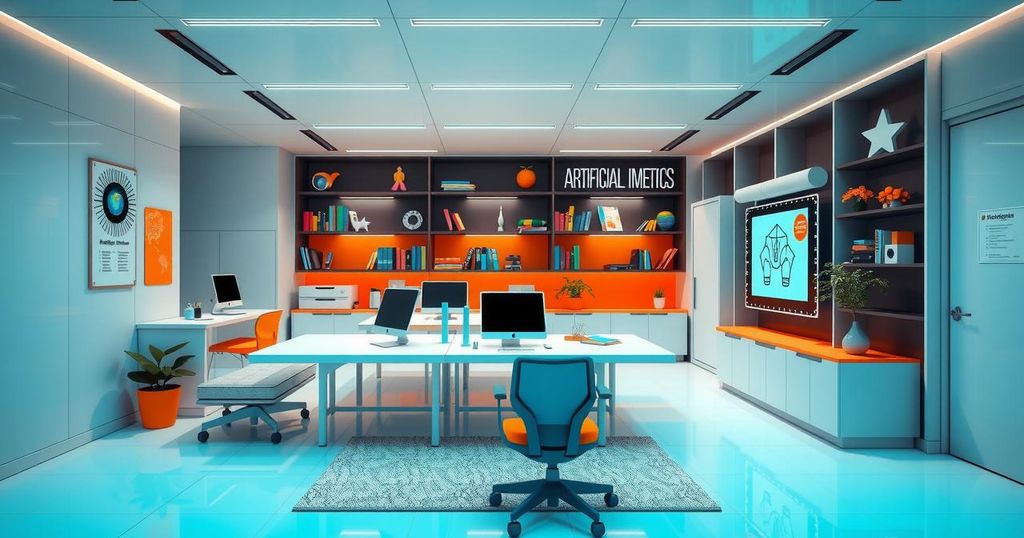Duolingo Shifts to AI-First Approach, Replacing Contractors with AI Solutions
Duolingo announces an ‘AI-first’ strategy, replacing contractor roles with artificial intelligence. CEO Luis von Ahn stresses the need for a complete rethinking of workflows. The shift follows recent initiatives in K-12 education to boost AI skills among students. While acknowledging the limitations of AI, Ahn assures employees that the company will provide training and support, emphasizing the intent to enhance existing roles rather than replace them.
Duolingo is making a significant shift towards an “AI-first” approach, as announced by CEO Luis von Ahn. In an email sent to all employees, which was later shared on LinkedIn, Ahn declared that the company would be phasing out contract workers and replacing them with artificial intelligence. He emphasized this transition, noting that previous minor adaptations to systems designed for human input won’t suffice for such a paradigm shift.
This change marks a pivotal moment for the educational technology company, echoing its past pivot to mobile back in 2012, which Ahn credits as a key factor in the app’s success, including winning iPhone App of the Year in 2013. Stressing the immediacy of the transition, he stated, “AI is already changing how work gets done. It’s not a question of if or when. It’s happening now,” urging the team not to procrastinate in this major shift.
The company’s decision closely follows an executive order from President Donald Trump, signed on April 23, aimed at introducing AI in K-12 education to prepare students for a tech-centric future. The White House articulated the importance of fostering AI competency to equip the youth with essential skills for a digital society, emphasizing the need for early exposure to AI concepts.
Ahn’s email detailed that Duolingo plans to incorporate AI into various facets of the company, including hiring processes and employee performance evaluations. He suggests that this integration is about more than just boosting productivity; it’s essential for fulfilling the company’s educational mission. “To teach well, we need to create a massive amount of content, and doing that manually doesn’t scale,” he added.
One of the exciting developments mentioned is a new feature called “Video Call,” which aims to employ AI to teach languages as effectively as top human tutors. Although Ahn acknowledged that this technology isn’t perfect yet, he mentioned that waiting for perfection would only hinder progress: “We can’t wait.”
Concern over job losses is naturally on the radar, but Ahn reassured staff that Duolingo is committed to caring about its employees. He clarified that the shift isn’t about replacing current workers with AI but about streamlining processes to enhance the roles of existing employees. He said, “This isn’t about replacing Duos with AI. It’s about removing bottlenecks so we can do more with the outstanding Duos we already have.”
Employees won’t be left unsupported; they will receive training, mentorship, and tools to adapt to the new AI-driven landscape. Ahn expressed optimism about this transition, saying that while change can create anxiety, it’s ultimately a beneficial step for the company’s future.
Given the speed of this transformation and the stakes involved, it’s a development that merits close attention in the tech and educational spheres.
Duolingo is embarking on a bold AI-first strategy, transitioning from human contractors to artificial intelligence across many facets of the business. This ambitious move parallels a significant past success with mobile technology. While there are concerns regarding the potential impact on jobs, CEO Luis von Ahn has made it clear that the intent is to enhance efficiency, not eliminate jobs, ensuring employees will receive support throughout the transition. This shift marks a crucial step for the company in its mission of making language education accessible to all.
Original Source: www.usatoday.com




